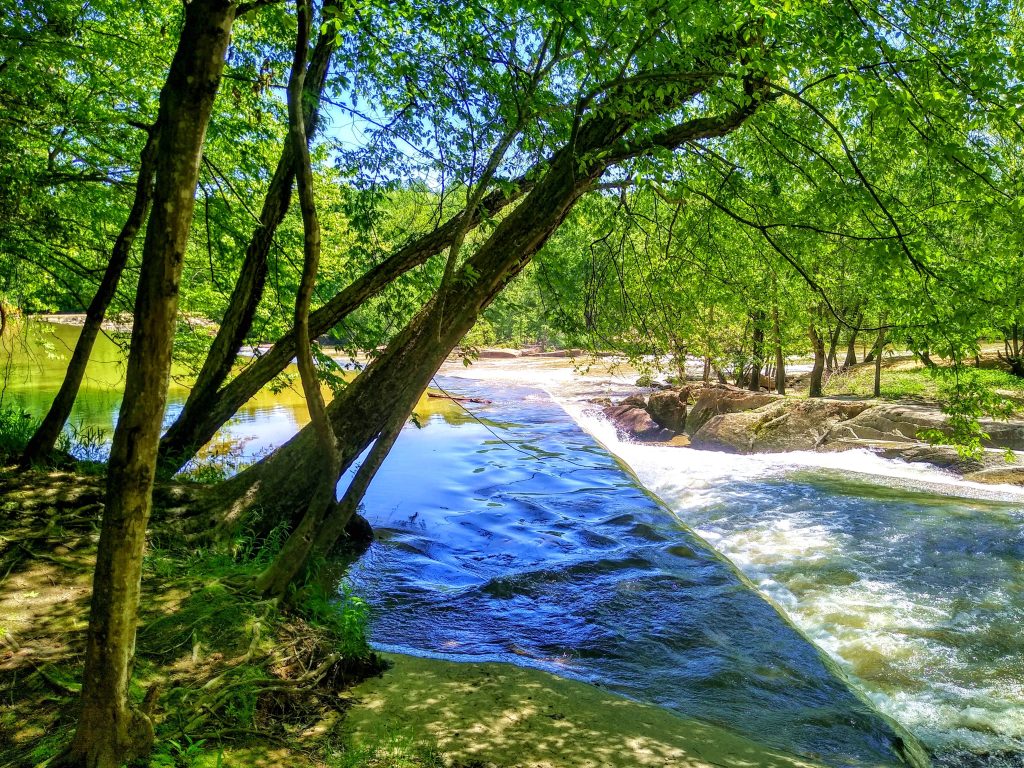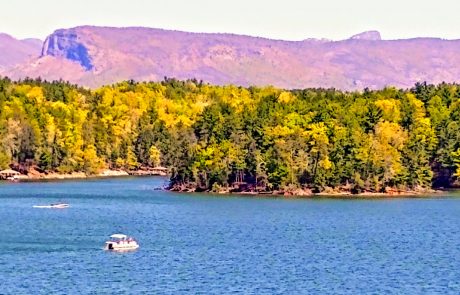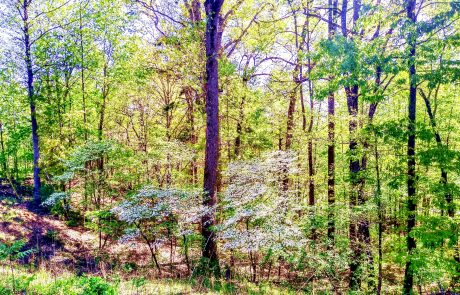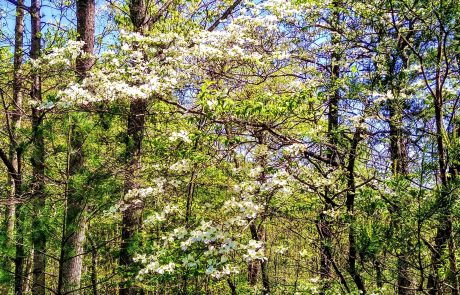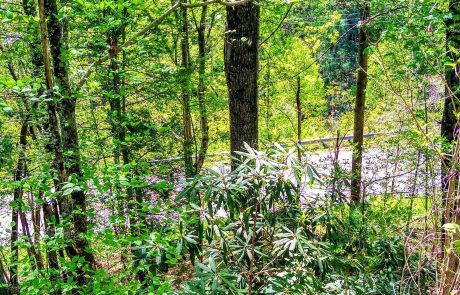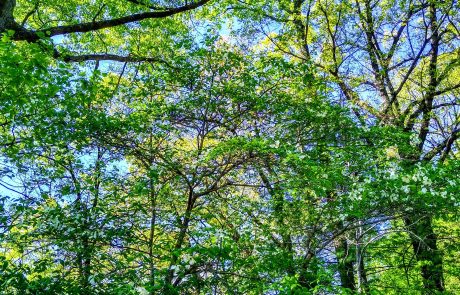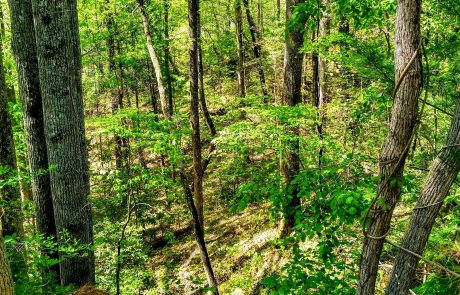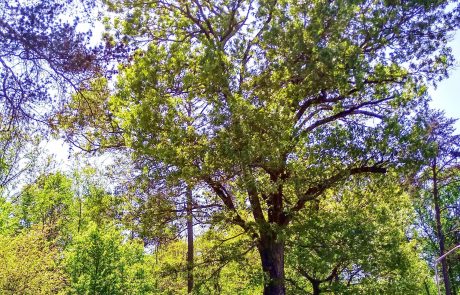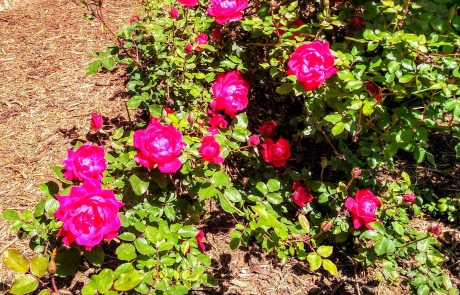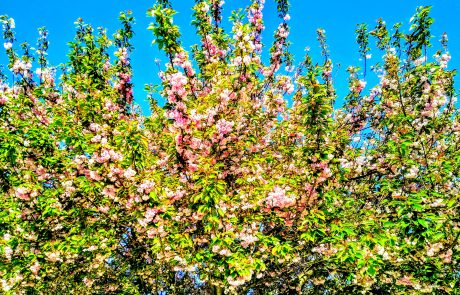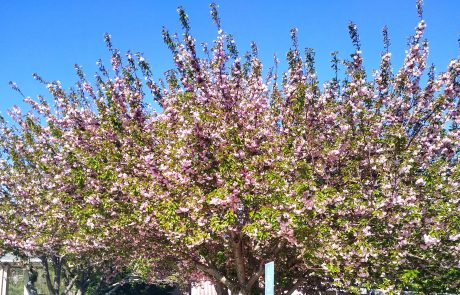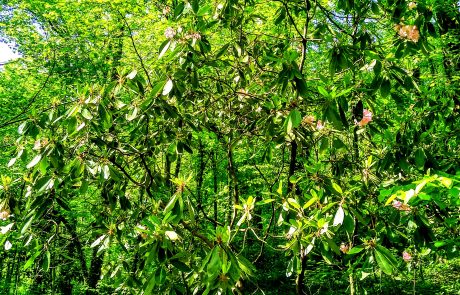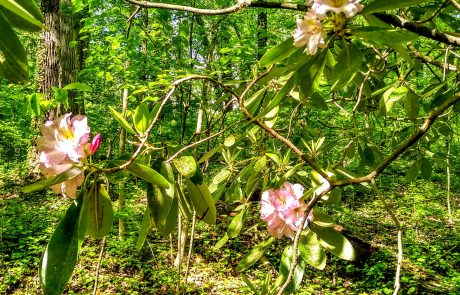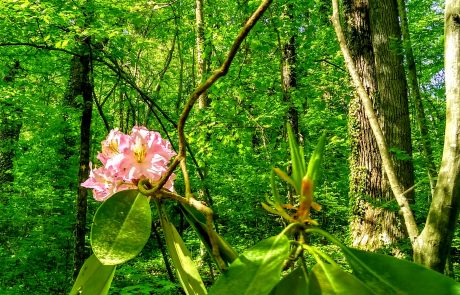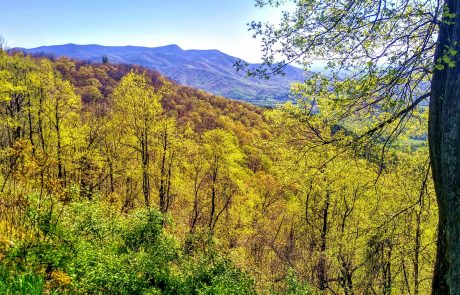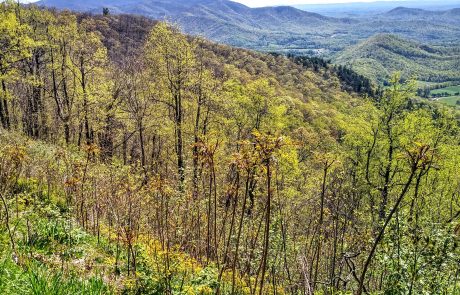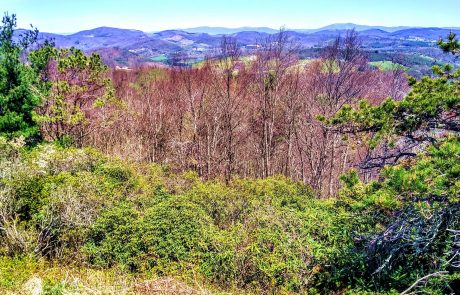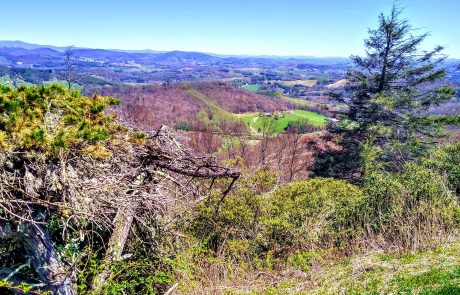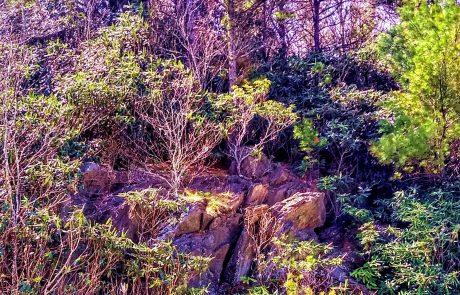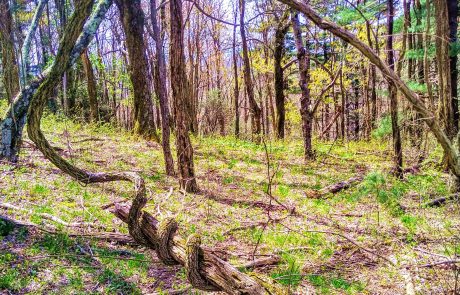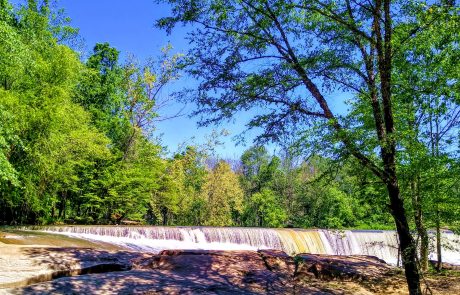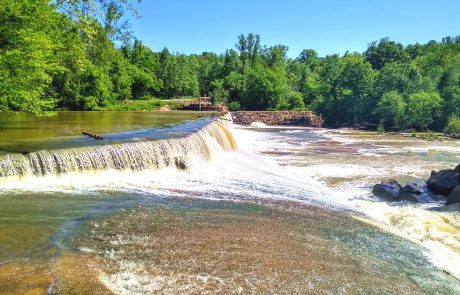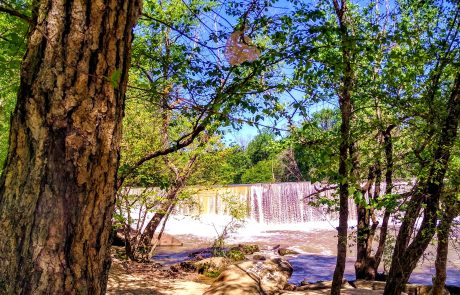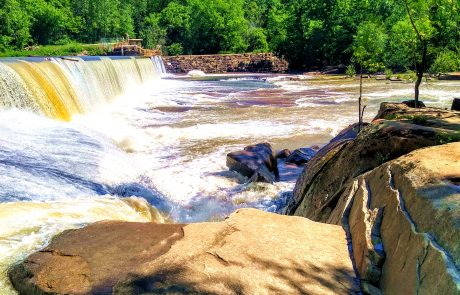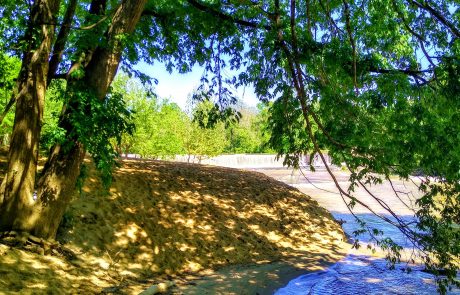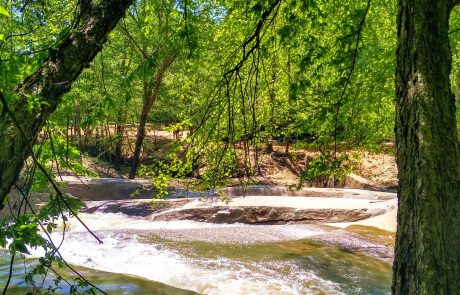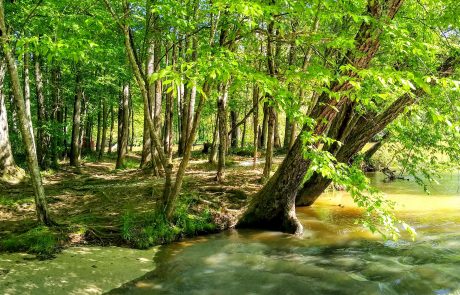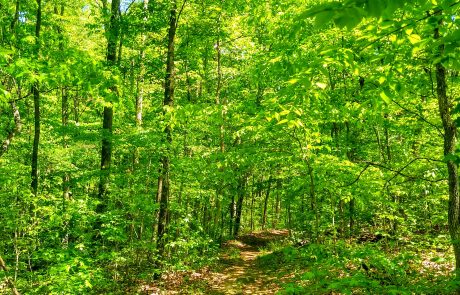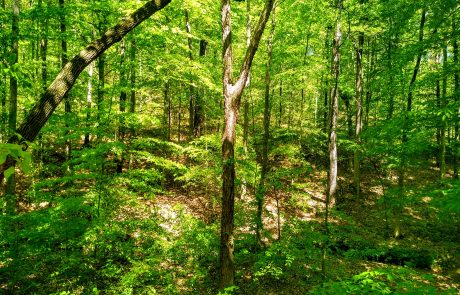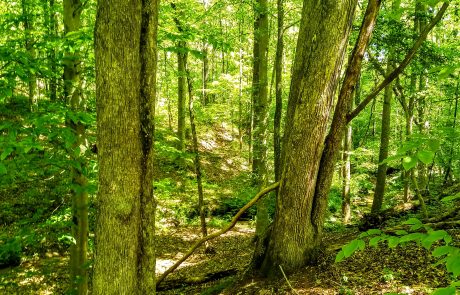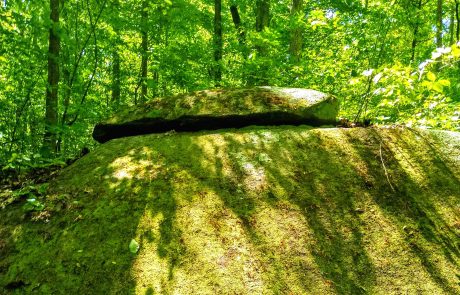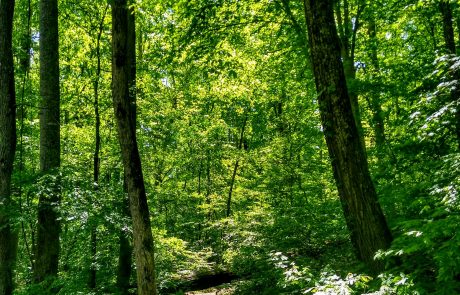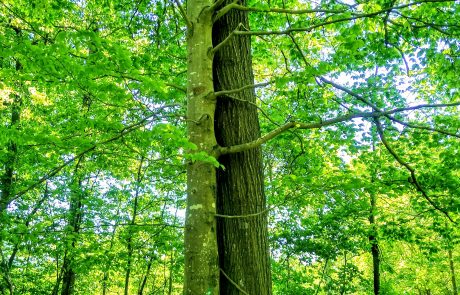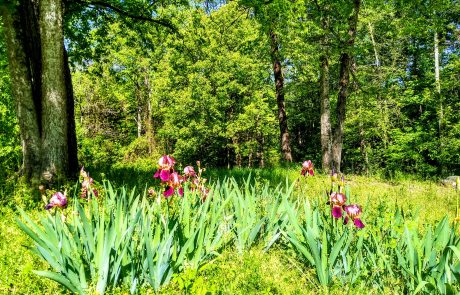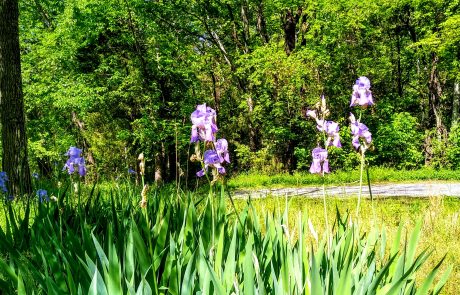April 2020
 I usually do posts on a single site — a park, a garden, whatever it may be — but I’ve been tooling around North Carolina just for the fun of it and taking pics as I go. I see lovely things and get lovely pics but they’re not a full set for a single post. Consequently, this post is a catch-all of pics of various places I’ve been to on the fly. I’ll keep the commentary to a minimum, but if there’s something worthy of words I’ll cut loose as is my wont. 🙂 The places are all in the western part of the state — east of Winston-Salem I do not go.
I usually do posts on a single site — a park, a garden, whatever it may be — but I’ve been tooling around North Carolina just for the fun of it and taking pics as I go. I see lovely things and get lovely pics but they’re not a full set for a single post. Consequently, this post is a catch-all of pics of various places I’ve been to on the fly. I’ll keep the commentary to a minimum, but if there’s something worthy of words I’ll cut loose as is my wont. 🙂 The places are all in the western part of the state — east of Winston-Salem I do not go.
Lake James, Burke/McDowell Counties
After cooling my heels for a night in Asheville I took a sightseeing route to Winston-Salem. The major stop was Lake James, northeast of Marion, NC. I found it on the map, knew nothing about it, but it’s big and it has a state park (closed at the moment as are all NC state parks due to the pandemic) so I put it on the list. From the lake’s Wikipedia page (here) comes this astonishing information:
In 1992 Lake James was a filming site for the Daniel Day-Lewis movie The Last of the Mohicans, where it doubled as Lake George, New York and a replica of Fort William Henry was constructed. A backdrop of Lake James was used for the final scenes of the movie The Hunt for Red October.
Whoda thunkit. I got lucky. There’s a boat access run by Duke Energy (they manage the dam that made the lake) that’s still open, called Hidden Cove and just a bit past the entrance to the state park. So in I went for a ramble. It was the first bit of North Carolina forest I saw and it’s lovely. Here are the pics:
As you can see the day was sunny and the light through the trees was enchantment itself — a sight for sore eyes since it had been many years since I last wandered in the woods of NC. It was a bit early still for flowers — you see the rhododendron and the mountain laurel (Kalmia latifolia, last pic) without blossoms, although there were buds a-swelling. The third pic from last is iconic for me — it has the classic mix of species, conifers, hardwoods and a spring dogwood in full bloom. Fabulous! It doesn’t get any better than that.
I-40 Rest Area near Asheville, NC
Having wended my way across the United States on the southern route and found rest areas along interstates to be all too often sites of disappointment, when I pulled into my first rest area in North Carolina that changed abruptly. Oh man. Gorgeous! Absolutely gorgeous. Not only was everything clean as a whistle but there were lovely woods all round and roses blooming in the middle of April against a south wall that collected the warmth and gave the blossoms a head start for the season. There was also an enormous oak tree silhouetted against the clear sky that was the best possible welcome to North Carolina. The lovely oaks of North Carolina, can’t beat ’em … Here are the pics:
Once I got to Asheville I was greeted at the hotel by an incredible flowering cherry tree. It made pink snow all over the parking lot so I parked on the other side of the lot well away from it, but wow, what a sight:
Reynolda Gardens, Winston-Salem, NC
I’ve already published the post about Historic Bethabara Park in Winston-Salem. Old Salem was closed during my week in town and I didn’t think it a good idea to go stomping through the streets with a shelter-in-place order in effect, so I’ll try to revisit it later if the order is lifted. Reynolda Gardens were still open, however, so I gave them a look-see. At this juncture I have a choice to make — to spill the beans on what I really felt about the visit or to limit my comments to the fact that I wasn’t particularly impressed and only came away with one treasured memory, my first sight in the season of a blooming rhododendron in the woodland behind the gardens. My choice? Dish the dirt, of course. 🙂
Reynolda Village is a thoroughly uninspired spot of bougie-ness with nothing of interest to recommend it. The same can be said of Reynolda Gardens. The entire place irritated me in a way the Duke gardens in Durham irritated me in the past. There were lots of Buffies jogging in Spandex, not a Southern accent among them, God only knows where they came from (adjacent Wake Forest University is Winston-Salem’s answer to Duke, with posho kids too stupid to get into the Ivy League making do down South). The entire place set my teeth on edge. Involuntarily the thought ran through my head, “Here we go again, this is what happens when you have money and no imagination whatever.” The gardens are unimpressive and at the time of my visit unkempt. They reek of the strained and unimaginative life of the nouveau-riche without any trace of the investment of native affection, which always shows. The gardens at Tanglewood dance circles around them. I’d gladly go back several times a season to Tanglewood’s gardens. I never want to see Reynolda’s again.
That said, there was in the woodland nearby a rhododendron in bloom, the first of the season for my eyes, and I stopped dead in my tracks when I caught sight of it. It’s been long years since I saw one of these lovely native creatures in bloom in the forest and I stood there a good while taking in the sight. Here are the pics:
Blue Ridge Parkway, northern North Carolina
After a few days in Winston-Salem I realized that my tolerance for city life had waned dramatically. In other words, I wanted OUTTA THERE. So I jumped into the car and did a loop drive, heading up Highway 52 (the Pilot Mountain Parkway, four-lane divided, ooh la la) and then west on I-74 and on the backroads until I reached the Blue Ridge Parkway at its intersection with Highway 18. I was astonished to find as much traffic on the Parkway as I did — I expected it to be completely deserted. Not so, there were a few folk about, and I had forgotten that people live up there, it’s not all national park land. Quite the contrary. There are cabins and trophy houses and mini-ranches all along the way, which fact didn’t impress itself as forcefully on my awareness 20 years ago as when I drove the stretch this time. But I suspect that’s because there are more houses than there were in the past — “progress” being what it is.
I knew it would be too early for the rhododendrons to be in bloom, but I was surprised to see that it was still so early in some places of higher elevation that the trees hadn’t yet leafed out properly. All the same, the vistas were superb and gave me the respite from urbanity I craved. Here are the pics:
The last pic made me smile — it seems something you’d find in the Amazon rainforest rather than on the top of the Blue Ridge Mountains — a vine twisting itself around things like a rough-skinned python. My research turned up a great publication from the Virginia Department of Forestry entitled Common Native Shrubs and Woody Vines of Virginia. I think the pic is of supplejack (aka American rattan), botanical name Berchemia scandens, in the buckthorn family (Rhamnaceae) which receives this perky annotation: ” Yellow-bellied sapsuckers often drill rows of holes into the older stems of this vine. The smaller stems can be used to make wicker baskets and other woven items.” A favorite of both man and beast, it appears — something for everyone. 🙂 In my wanderings at Lake James I came across another of the region’s creeper-crawlers, this one with teeth: greenbrier, Smilax rotundifolia, which has thorns that will give you what for if you tangle with it:
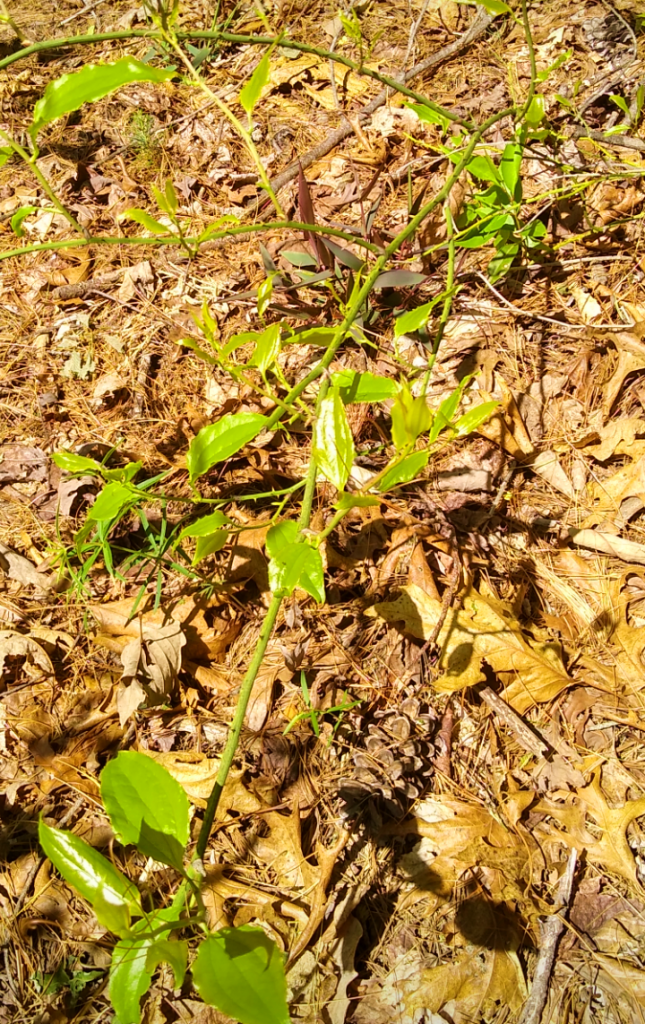
Love that vibrant green — just stand well clear. If ever a plant deserved social distancing, this is it. 🙂
Bullhole Riverpark, Davie and Rowan Counties, near Cooleemee, NC
This place is easy to overlook on the Google map because if you don’t zoom in on the area a bit it doesn’t even show up. Its footprint on the map also belies the extent of the park since it’s actually fairly substantive with two good trail loops. Here’s the site map:

The name sounds seriously local and for good reason. I’ll draw on information from Winston-Salem author Jennifer Bean Bower by way of explanation (website here):
More than a hundred years ago, in the small town of Cooleemee, an impressive stone dam was erected by Erwin Cotton Mill #3 on the South Yadkin River. “The dam,” says former Cooleemee Mayor Lynn Rumley “is 12 foot high and 422 feet wide.”
Cooleemee residents have long enjoyed the scenic beauty of the dam, as well as the fun activities that can be had there. The stones of the dam create a stunning backdrop for the cascading water; while the area at its base and beyond provide the perfect summer playground. Large rock formations abound in the slow moving river and create small falls and eddies that are fun to splash about in. They also provide a steady resting place for birds and turtles. On the shoreline — thanks to a flood — a large area of sand can be found for an ideal place to sunbathe, play games or enjoy a picnic.
The area around the dam has long been referred to as “The Bullhole.” It seems that sometime around 1900, when the mill and dam were being built, an old man and his ox attempted to transport timber from one side of the river to the other. In the process, the ox slipped, was caught up in a swirling pool of water, and was never seen again. Today, according to an informational sign, visitors can see the exact whirlpool “when the water is up in the river.”
Well, the water was up but I didn’t identify any spots where a bull would likely fall to his demise. Nothing daunted, I explored the area of the falls and then wandered the forest trails. Falls and forest, trees and water, those are the two themes that blend themselves in a million different ways in the park. So I’ll give you two sets of pics, one of falls and one of forest, and consider my duty as a travel blogger duly discharged. I continued my exploration of learning how to see eastern hardwood forest properly and can report that the normal camera is not very good at capturing it. The human eye correctly tuned to the environment is a superb instrument for perceiving the beauty of the forest but that does you little good, does it. If I can’t make the camera approximate what my eyes in fact see then something goes missing. Of the actual experience of being in the forest — the flutter of leaves as the wind passes through, the earthy, sweet smell of the trees, the continual shifts in the dappling of light and shade — nothing can be captured in any way that does justice to the place. You have to be there. So consider these offerings no more than travel hors d’oeuvres, not even a side dish, since only by being there can you share the magic the place creates just by being itself. With that caveat, to the falls pics first:
You can hear the roar of the falls as soon as you get out of your car in the parking lot. The drop is not large over the lip of the dam but the volume of water is considerable so it sounds big. It’s out in the boonies a bit off Highway 801 so I imagine it gets mostly local traffic. I was the only person there when I arrived mid-morning. By the time I left a few other people had shown up, including two teeniebopper babes who had spread their beach towels out on the rocks beside the falls to work on their tans. I passed by them on my second loop around the trail but fortunately remained out of earshot. To have overheard their conversation would only have soured my mood and led to pointless speculation about man’s broken relationship with the natural world. My steps quickened in order to get back to the parking lot where the entrance for the Eagle Scout Woodland Trail awaited me, despite my being the farthest thing imaginable from an Eagle Scout and having a lively dislike for Lord Baden-Powell. For some reason I have a problem with incipient Fascism — but that’s just me, never mind. 🙂 To the forest pics:
The trees in the last pic made me laugh out loud — they bring the term “tree hugger” to a whole new level of meaning. 🙂
One of the most salient features of the countryside in North Carolina is acres, and I mean ACRES of mowed lawn. Even at the Bullhole Park there’s plenty of it, just a bit off from the picnic shelter. I have no idea what purpose it serves since it’s obviously a bit too rolling for a game of volleyball or croquet. I’ll leave it to remain the mystery it was on first sight. I also feel I should give a shoutout to the iris at one edge of the parking lot, they’re doing yeoman’s work embellishing a space that despite being adequately utilitarian is otherwise mildly derelict. As I returned to the car across the parking lot I saw a group of three men standing around a pickup bearing the lettering “McAvery Lawn Services” — somebody’s gotta mow that mystery patch — talking about the difficulties of the site in accents you could cut with a knife. If those are the groundspeople then it’s no wonder the iris look a bit abandonded. Good ol’ boys don’t fuss with no flowers, that thar’s work fer womenfolk. So bless the beleaguered botanicals for carrying on bravely in the face of inattention. A few pics of them and the mystery lawn to close:
The moral of this post is: never underestimate a county park. They’ve been godsends to me since I arrived in North Carolina and will continue to be for the duration of my stay, I have no doubt. It matters little to me if the state parks are closed as long as the county parks are open, I couldn’t hope to find lovelier places in the state parks despite their higher position in the Parks and Recreation hierarchy. So kudos to the counties of North Carolina for putting on a good show. I stand in their debt.
